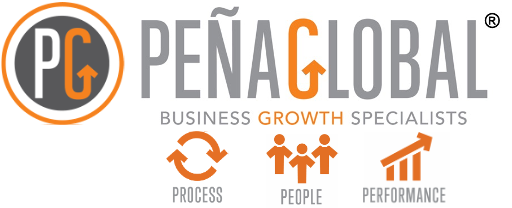What Happened To The New Person That Was Doing Great?
Why does this happen?
You hire someone who had a fantastic resume, aced the interview, and was a top performer during the first three months—in fact, they seemed like a perfect fit in all aspects—but then within the year their performance slips and they’re no longer doing well.
Clearly, a resume, skills, and interview aren’t the only things that tell you how well someone will perform in your organization.
And you can’t afford to hire the wrong person in today’s talent war.
Consider these five additional points when going through the hiring process.
1: Pace of Environment
As a leader, you strongly influence the pace at which your team works. In observing your team, do they tend to make decisions quickly, get tasks done at the speed of light, and are often in motion? Or do they tend to be more analytical, slower moving, and observant?
Consider the pace of the environment that this new person would be working in. Will they feel comfortable? Will they fit in?
2: Priority of Environment
Priority is the topic or focus of conversation. Within your team, do the topics of conversation tend to be focused more on work-related matters, like deadlines, tactics, and strategies, or on relational matters, like family, vacations, and experiences?
The new person will be working with and depending on your team, so it’s important that their focus of conversation is in alignment with the environment of your team.
3: Purpose of the Role
When interviewing a new person, ensure that the purpose of the role is clear. Check that the values of the potential hire are in alignment with the reasons that the role exists.
You want to avoid toxicity in your team environment at all costs.
But when the intent and value of a role are ambiguous, the chance of toxicity increases if you choose to hire them.
4: Natural Fit for the Role
When considering a position that a potential hire will be filling, consider the characteristics that the person will need to have in order to perform their job well.
For example, if the role is an external customer-facing position, the person will likely need to be organized, patient, and inquisitive amongst other qualities. If it’s a trouble-shooting role, they’ll need to be more technical, inquisitive, and helpful.
The new hire should naturally fit into the role.
5: Standards of the Team
What are the standards and best practices that your team holds each other accountable to? Will the new person be able to meet them?
What is the leadership style of the person they will be reporting to? How likely are they to respond to that leadership style?
New People Have the Potential to Create a Storm
There is an ecosystem that you’ve been part of creating in your team and work environment. Anything or anyone new that you introduce into that ecosystem has the potential to cause confusion, conflict, and a challenge to your cash flow and systems.
Considering the five points above will help to lessen any ripples it may cause in your work ecosystem.
Based on an excerpt from IT’S PERSONAL, NOT BUSINESS podcast, Episode 5.

